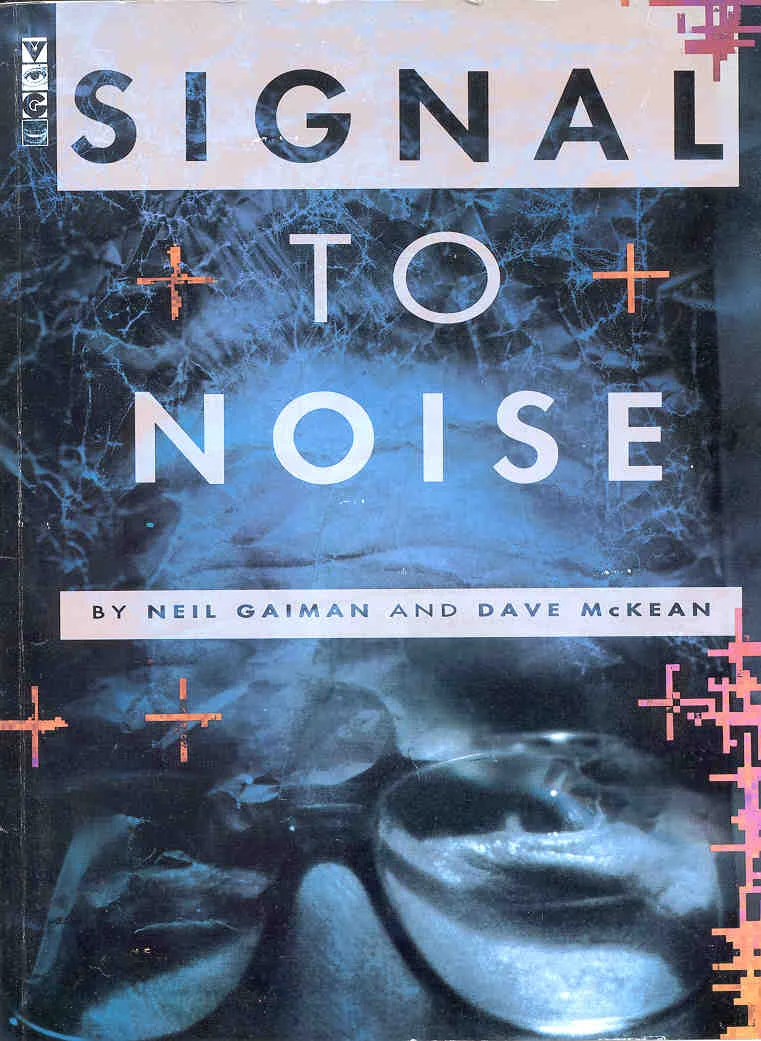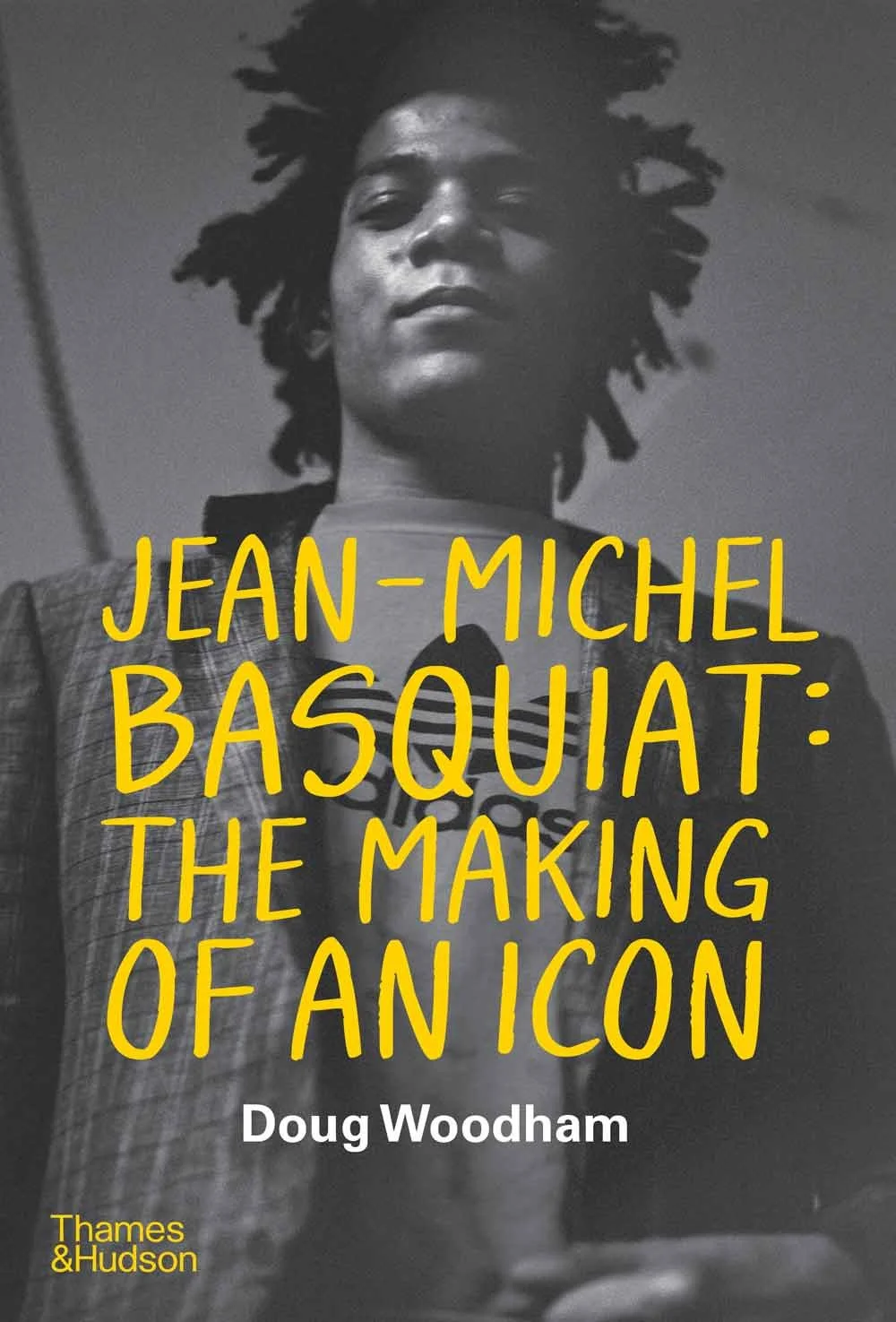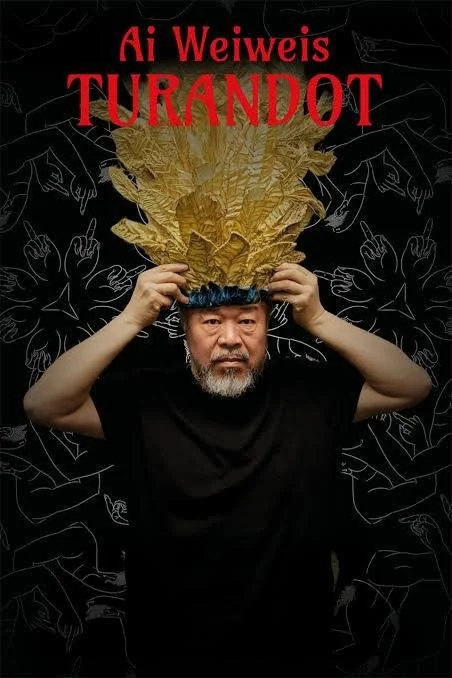The following excerpt has been edited for concision. Mr Camus’s full-length essay can be found in Derek Royal’s Visualizing Jewish Narrative (New York: Bloomsbury Academic, 2016).
Neil Gaiman is a prominent Jewish comics-writer, although his experience of Jewishness is very distinctive. In Robert K. Elder’s interview printed in Darrell Schweitzer’s Neil Gaiman Reader, he states: “I was brought up Jewish. But I was Jewish and attended High Church of England schools […]. It was a lovely way of receiving all the religion one ever needed, as an outsider.”
His Jewish identity certainly made him an “outsider” in his Anglican educational environment but being half immersed in another belief-system than his family’s allowed him to put both systems in perspective. As he puts it in an interview for Hy Bender’s Sandman Companion, “in a sense, it made [him] view everything as myth”. His comics and other writings often feature pagan gods from many different traditions. As for “believ[ing] in a biblical god,” he claims in his interview with Elder: “sometimes I do and sometimes I don’t”. It is as if the spiritual stance he had decided to adopt was the same as Samantha Black Crow’s in his novel American Gods—“I […] can believe anything” or the child protagonist’s in his semi-autobiographical short story “One Life, Furnished in Early Moorcock”: “a magnificent anarchy of belief”. Being a believer with an outsider’s outlook on the belief systems most familiar to him, could easily qualify him as a modern-day Kafka, if it were not for his being absolutely not melancholy about it. He states, in Bender’s book: “I actually love feeling like an outsider. For example, I really enjoyed the first six years I spent in the U.S. because everything was so alien. […]” This cheerful embracement of the privileged position of the “alien” often shows on a close analysis of his writings. “Part of Sandman’s dynamic stemmed from Neil’s discovery and fascination, as both a European and an Englishman, with America,” according to Mike Dringenberg, one of Sandman’s pencilers, inkers, and co-creators, in Joseph McCabe’s Hanging Out with the Dream King. It is even truer with American Gods, as the meditation on American culture is more explicit, as Gaiman emphasizes in Golden, Wagner and Bissette’s Prince of Stories: “I don’t think American Gods could have been written by someone who was American.” Similarly, instances of Gaiman enjoying the feeling of being an outsider can easily be traced as far as religion is concerned. Outrageous Tales from the Old Testament is an anthology of short, black-and-white graphic narratives released in 1987 by Knockabout Comics. These works of ruthless theological satire take their inspiration from the two traditions, in the history of comics, which defined themselves by their offensiveness: underground “comix” and EC Comics horror anthologies. To understand what Outrageous Tales from the Old Testament is all about, it seems particularly relevant to stress that various theoretical works have shown that violence and fear are important aspects of the religious experience. Theologian Rudolf Otto has identified “awe” as a primordial part of the “numinous,” the irrational feeling that lies at the core of the rational concept of the “holy”. Philosopher René Girard understands ritual murder in primitive and ancient religious communities as an implicit model for the way any human community builds the integrity and harmony that it needs to preserve. It is that essential link that the writers and artists of Outrageous Tales deal with. And this emphasis is made humorous by the way it systematically trivializes Otto’s dramatic notion of “awe” or Girard’s almost lyrical styling of violence as “the heart and secret soul of the sacred.” For instance, awe-related phrases such as “Wrath of God” and “Enormous Boils” or signifiers linked to Girardian violence such as “Human Sacrifice” and “Murder” are listed on the cover, ironically suggesting that those are to be considered as exciting thematic assets of the narratives, in a way that is deliberately reminiscent of exploitation movies’ posters. Among Gaiman’s six stories for the anthology, five are adapted from the Book of Judges. The first chapters of this Book depict Yahweh’s recurrent punishments against the Israelites. Gaiman and Mike Matthews’s rendering of those chapters makes as clear as possible the tyrannous absurdity, from the point of view of a modern outsider, of Yahweh’s behavior. Matthews visually emphasizes the gory aspects of every massacre. The penultimate panel, notably, shows Shamgar, one of the Judges, standing on top of a mountain of corpses. The panel would look like one from a warlike heroic-fantasy comics-series if it were not for the iconic style in which it is drawn, and the anachronistic and misspelled colloquialisms printed in Shamgar’s speech balloon, which make him sound like a lampoon of a dumb action hero. That hypotextually rich depiction satirically suggests a purposeful likening of the Old Testament wars to the combat trances of comic-book barbarian heroes. Gaiman has given to this biblical passage a visually embodied narrator who is typical of the horror-host tradition launched by EC Comics in the early 1950s. The character is even named “the Bible Keeper” in an obvious allusion to the Crypt Keeper, who was the host of EC’s Tales from the Crypt. By this narrative conceit, Gaiman suggests that, not only is the Book of Judges a typical barbarian fantasy but also, in a way, a collection of gruesome horror tales Dr Fredric Wertham would have strongly disapproved of.
Gaiman’s contributions to Outrageous Tales would probably not be as interesting if they could not be contrasted with his very different approach to the biblical hypotext in Sandman. Those British short comix would merely be an extreme version of the “ironic or playful domestication of myth” that Robert Alter finds in most Jewish humor inhis 1972 article “Jewish Humor and the Domestication of Myth”. They become a clue to Gaiman’s delight in being a perpetual cultural outsider when you compare them to Sandman. If Gaiman enthusiastically helped to give some cachet to Knockabout’s systematic desacralization of the Old Testament’s violence, it is a work of resacralization that can be enjoyed in Sandman. Sandman is a mainstream comics work published by DC Comics. It is the story of the Endless, seven siblings whose very existence is the cosmic framework that shapes human imagination and condition. The protagonist is one of the Endless: Dream. Throughout the millennia-encompassing plot, he interacts with Norse, Egyptian, Greek, and other gods, fairy folk, angels and demons, and historical figures. But as Sandman is a DC series, characters from Batman or members of the Justice League of America also make cameo appearances. However, just as Alan Moore had done in Swamp Thing, Gaiman preferred to use mostly less famous DC characters like Cain, Abel, and Eve. They first appeared as horror-hosts in DC horror anthology series. As Hy Bender explains in his Sandman Companion, “[in the 1970s] Cain and Abel were respectively hosts of […] The House of Mystery and The House of Secrets”. From mere heterodiegetic narrators, the two characters had already been made homodiegetic in Swamp Thing. In Sandman, they are much more involved in the action, as assistants to the Dream-King. So is Eve, a woman who is sometimes young and beautiful, sometimes old, and who spends her time alone with a raven. In an interview with Bender, Gaiman explains: “another obscure 1975 series, Dark Mansion of Forbidden Love […] was hosted by a beautiful unnamed woman with a raven. That made me remember a mad crone named Eve who had a raven, and who appeared in several other short-lived DC titles […]. It occurred to me that the beautiful woman […] and the crazy crone […] were aspects of the same character […].”
Cain and Abel were clearly inspired by the eponymous brothers in Genesis. And Eve’s name, given to an ageless character, cannot but evoke the Eve from Genesis. Yet, the obviously intertextual nature of the characters was never much exploited by the writers who used them before Gaiman. In The House of Mystery, Cain is the caretaker of a Gothic mansion adjoining a cemetery, and he spends his time telling horror stories to the reader. In The House of Secrets, Abel does exactly the same thing across the cemetery. Moore first introduces a reference to the brothers’ biblical models, in the form of a horror/slapstick routine, consisting in Cain recurrently killing Abel, who resuscitates every day, so that he can be killed over again. In Sandman, the brothers are very similar to that depiction, except that the reader encounters them much more often. That allows Gaiman to develop their relationships, giving some poignancy to it, by suggesting that Abel hopes that he and his brother will make peace some day, or that, secretly, Cain could actually not live without his brother. More importantly, those Gothic/slapstick characters are resacralized inasmuch as some passages make very clear that the DC Cain, Abel, and Eve, and the Old Testament Cain, Abel and Eve, are indeed the same. In “Chapter 1” of the storyline entitled “Season of Mists.” Dream needs to go to Hell and decides to send Cain to announce his visit. When they meet, Lucifer greets Cain as “the first man born of woman”. When some demons offer to destroy Cain, Lucifer explains, partly quoting from Genesis 4:15: “You cannot hurt him. Cain is under protection of one far greater than the Lord of Dreams. ‘And the Lord said unto him, therefore whosoever slayeth Cain, vengeance shall be taken on him sevenfold, and the Lord set a mark upon Cain, lest any finding him should kill him.’”
In the issue “A Parliament of Rooks”, Cain, Abel, and Eve are having a “tea party” with a baby dreamer. Cain suggests that as “old storytellers” (an intertextual allusion to their editorial past as horror-hosts), they should tell stories to their guest. Eve and Abel successively narrate their origin stories, which are similar to their Genesis counterparts’. Eve’s story is recognizable but strangely different from the best-known Genesis tale. The story starts with a hermaphrodite Adam, Adam’s first wife, Lilith is “expelled from Eden,” and a new wife is made. She is also expelled, or destroyed, and finally God makes Eve. This version of the story is “what the Midrash states” (i.e. The Alphabet of Ben Sira and Genesis Rabbah). The “esoteric” nature of that Jewish lore confers numinosity to the comic-book character of Eve. Gaiman’s intimate yet detached knowledge of the Jewish sacred texts gave him assets to create some powerful details in his syncretic Sandman mythos. As to Outrageous Tales from the Old Testament, the main difference between Gaiman and the other writers is that most of the others wrote about very famous stories: Creation, the Garden of Eden, Sodom and Gomorrah. Gaiman chose books that are known mostly to people who read or studied the Old Testament. Both as a Jewish author and as a Western popular culture author, Gaiman could not have ignored the founding text of the rich Jewish storytelling tradition of which he is part. However, as an author who also has the passion of creative retelling he sometimes pays his debts in quite unexpected ways. Ways that are sideways: an outsider’s ways.
Cyril Camus teaches English in Toulouse, France, training students for the admission tests of business schools. He is a former teaching assistant and doctoral student at the Université de Toulouse-Le Mirail, where he wrote a thesis on Neil Gaiman’s works in comics, literature and cinema, which earned him a Ph.D in Studies of English and English-Speaking Cultures. He participated in Northampton University’s Magus conference on Alan Moore in 2010, and wrote several articles on Neil Gaiman, Alan Moore, and postmodern fantasy in comics, literature and cinema, which were published in the French journals Otrante and Caliban, the US journals Shofar and Studies in the Novel, the British journal Studies in Comics, and in books published in Britain, such as Mountains figured and Disfigured in the English-Speaking World (Cambridge Scholars Publishing, 2010) and Visualizing Jewish Narrative (Bloomsbury, 2016). A book adapted from his Ph.D thesis is due to be published in mid-2018 by the Presses Universitaires de Rennes.














































































